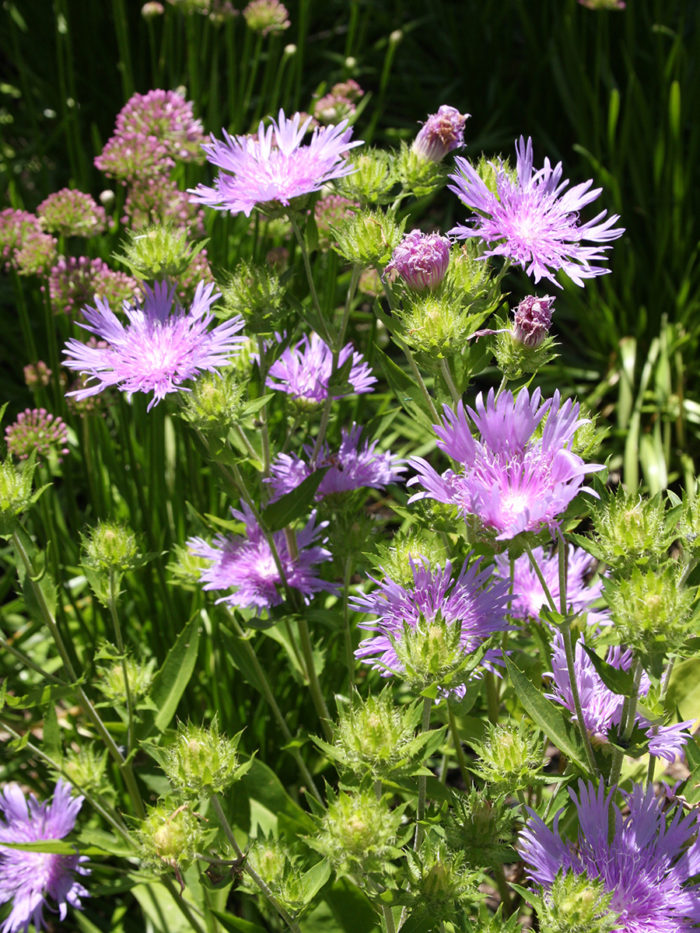
Drought conditions, high temperatures, and humidity make August in the Mid-Atlantic a tough time to be a gardener. The garden is looking a little crispy no matter how much you water, and many of us would rather be relaxing at the beach. Not to worry, though; the versatility of these plants will make the dog days of summer in the garden a little more bearable.
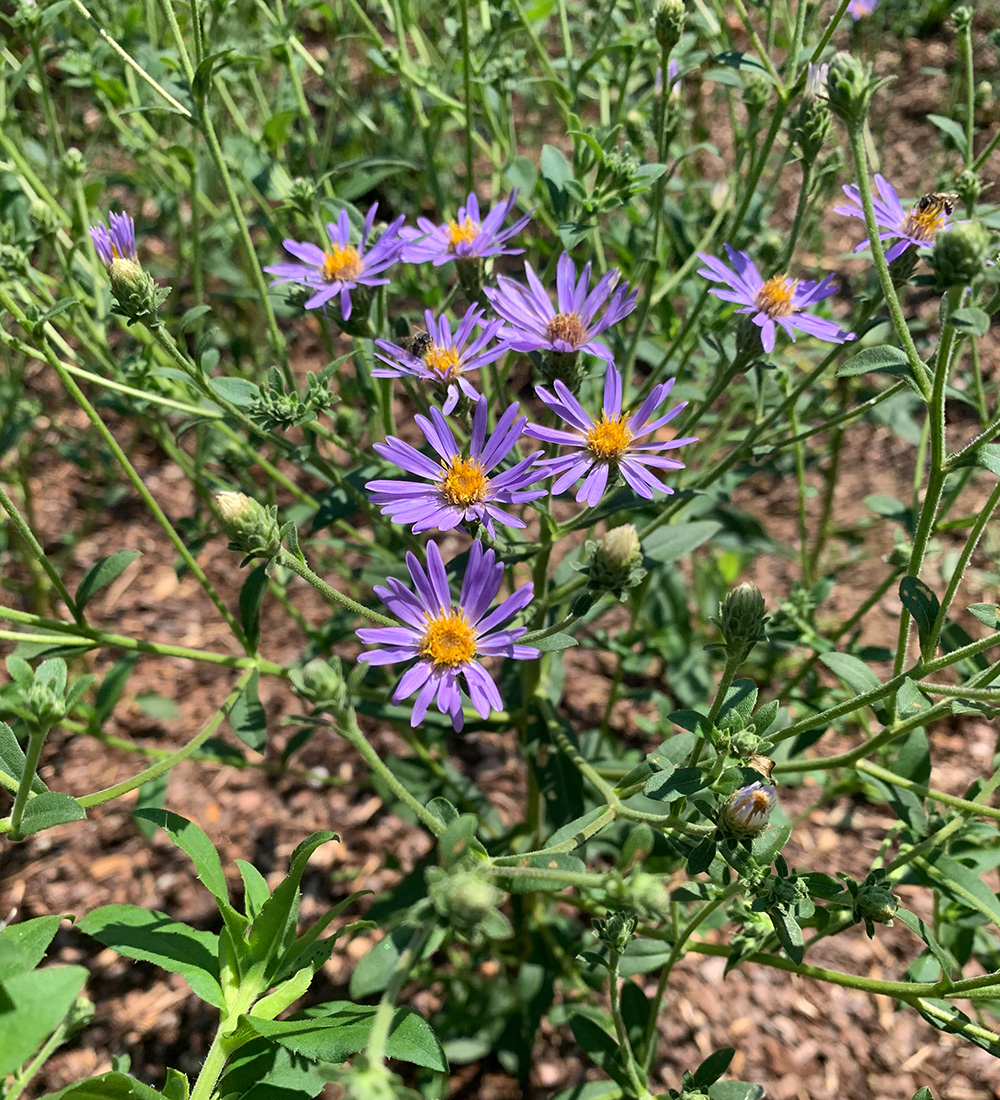
‘Twilight’ big-leaved aster
Eurybia × herveyi, Zones 3–9
This large-leaved native aster begins blooming in August, a little earlier than most asters. The vibrant purple flowers sit atop beautifully branched, sturdy stems that grow to about 3 feet tall, attracting butterflies and other pollinators. Wide leaves don’t flinch in the summer heat. Partial shade is ideal, but it can tolerate full sun.
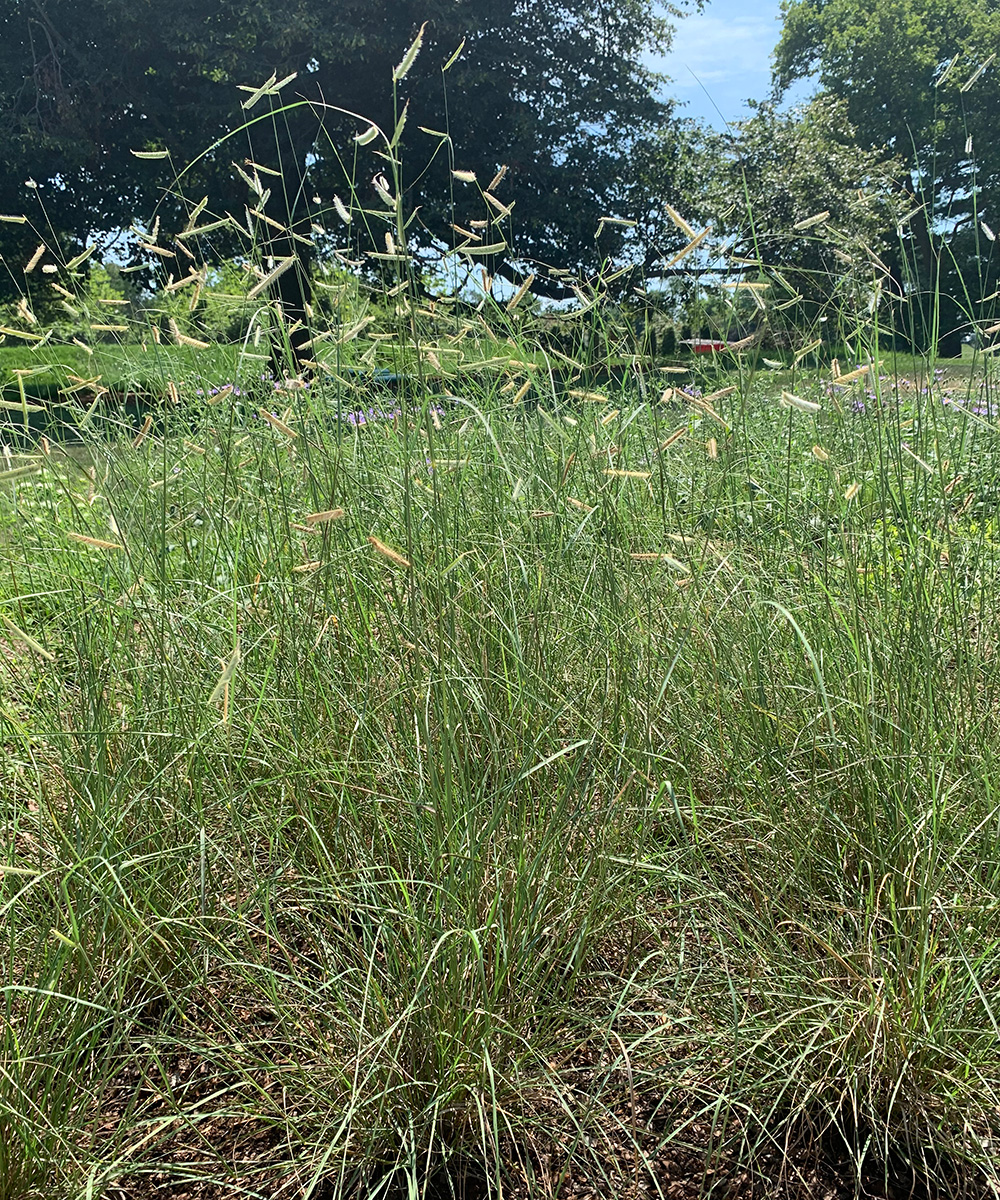
‘Blonde Ambition’ blue grama grass
Bouteloua gracilis ‘Blonde Ambition’, Zones 4–9
Typically found in the tough, rocky sites of prairies, plains, and edges of railways in the Midwest, this warm-weather grass looks amazing in the Mid-Atlantic summer garden. Delicate blonde inflorescences hover over a dense mound of blue-green grass. This plant will ultimately reach 2.5 to 3 feet tall. The seed heads will stay on well into fall and winter, giving the garden an additional season of interest.

Appalachian mountain mint
Pycanthemum flexuosum, Zones 5–8
This workhorse looks delicate from a distance but is one tough native. Planted en masse, the billowy flowers of Appalachian mountain mint look like a silvery cloud in the garden. Its slow-spreading roots are a terrific soil stabilizer, so plant it along a bank or slope. Deer will not like the minty fragrance of this plant, but gray hairstreak butterfly larva (Strymon melinus) will, as it is a host plant for this pollinator. It will reach 2 to 3 feet high.
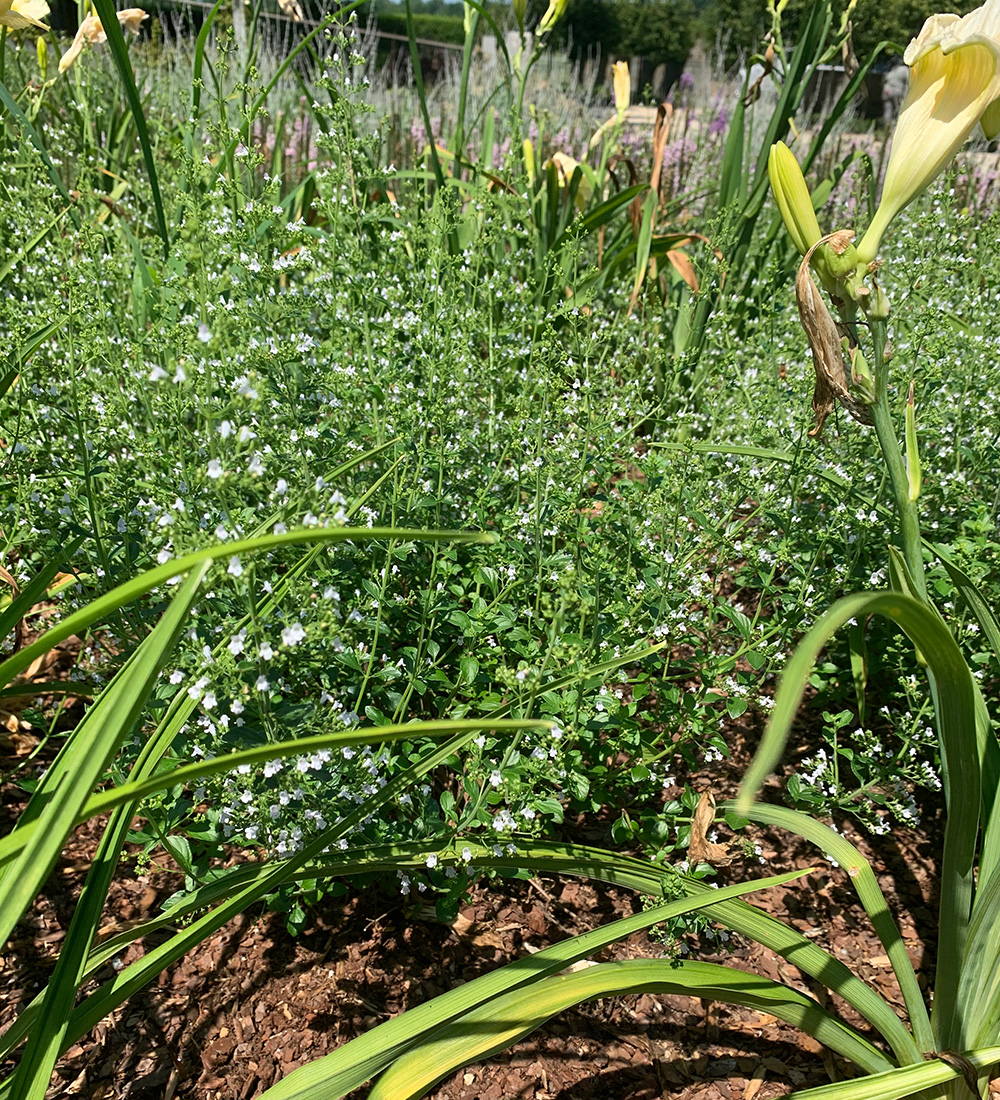
Lesser calamint
Calamintha nepeta ssp. nepeta, Zones 4–9
Although another mint family member, this long-blooming plant (June-September) has a dramatically different look than Appalachian mountain mint, staying put at about 12 to 18 inches high. This is a Mediterranean region native, and the bright green, bushy foliage and delicate purple flowers do not fade in the heat of August but instead give the plant adequate air circulation to prevent powdery mildew.
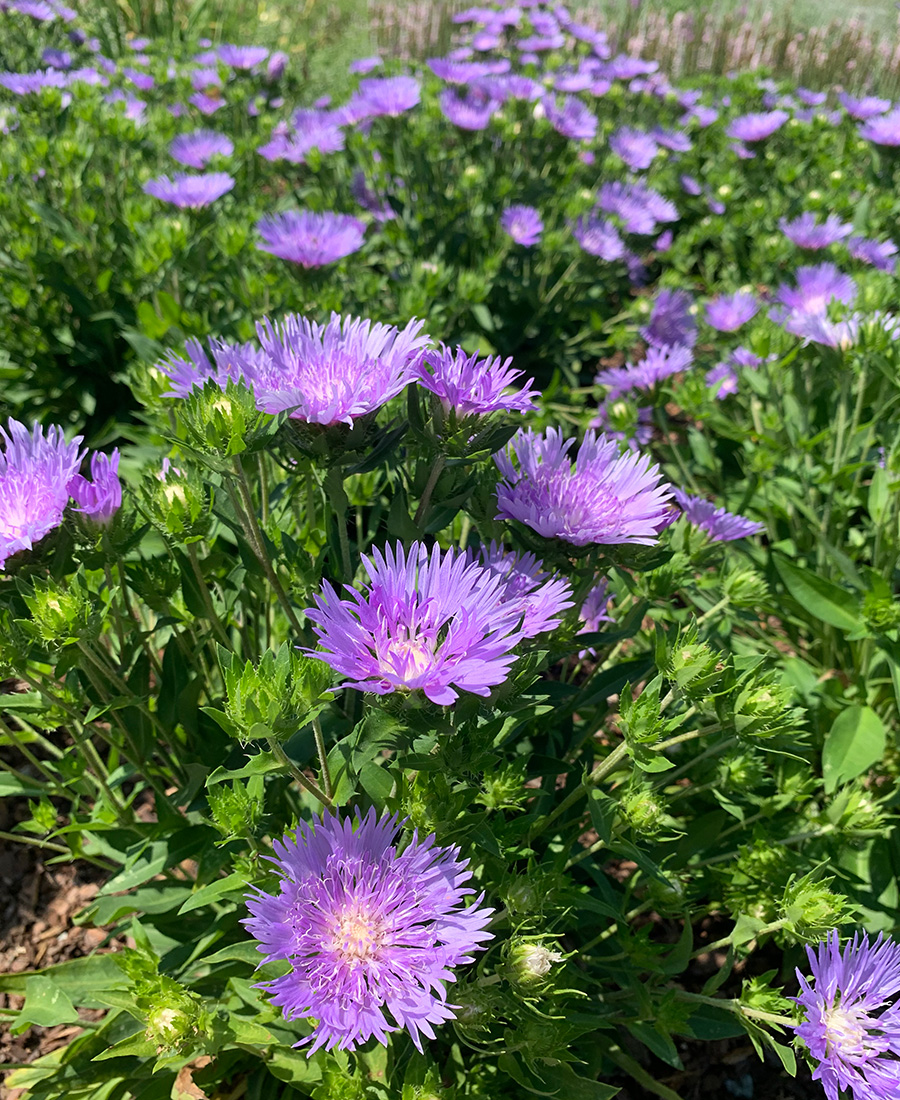
‘Peachie’s Pick’ Stokes’ aster
Stokesia laevis ‘Peachie’s Pick’, Zones 5–9
When most Stokes’ asters have already finished flowering, this intensely purple selection is still going strong. During the growing season it is tolerant of both wet and dry soils, but this Southeastern native does not do well in wet winter soil, as the roots will rot. Rabbits and deer generally leave it alone, but it will attract butterflies and other pollinators. This Stokes’ aster will only reach 12 to 18 inches in height.
Since many plants in late summer can appear a little dull, look for those like these that are tough, drought resistant, and, most of all, continue to look great while everything else in the garden is ready to fall asleep.
—Michele Christiano is a horticulture assistant at Longwood Gardens in Kennett Square, Pennsylvania.
Fine Gardening Recommended Products

RAINPOINT Sprinkler Timer with Brass Swivel
Fine Gardening receives a commission for items purchased through links on this site, including Amazon Associates and other affiliate advertising programs.
- Built-in metal filter gaskets can prevent sediment and other larger particles
- Through the Sprinkler Timer program, you can set the start time, watering duration, and watering frequency

Pruning Simplified: A Step-by-Step Guide to 50 Popular Trees and Shrubs
Fine Gardening receives a commission for items purchased through links on this site, including Amazon Associates and other affiliate advertising programs.

Water Right PSH-100-MG-1PKRS 400 Series, 100-Foot, Olive Green
Fine Gardening receives a commission for items purchased through links on this site, including Amazon Associates and other affiliate advertising programs.
- 3 Pounds
- 1200"L x 0.43"W
- Manufactured in the USA



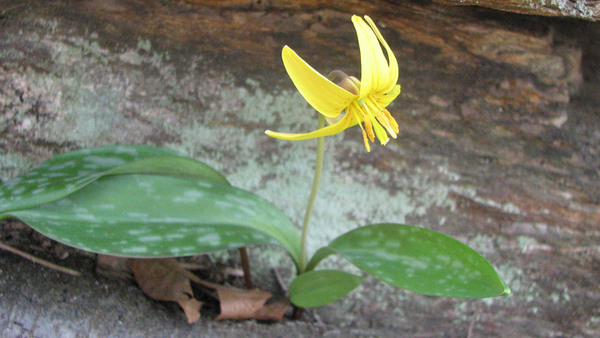















Comments
Log in or create an account to post a comment.
Sign up Log in